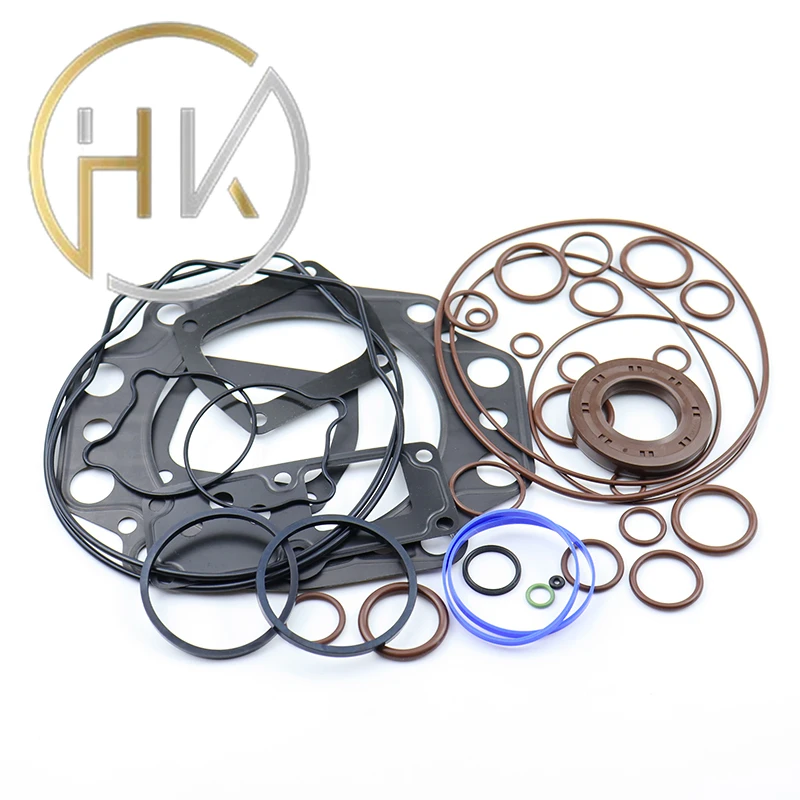8 月 . 28, 2024 00:57 Back to list
Hydraulic Cylinder Seal Replacement Services
Hydraulic Cylinder Seal Replacement A Comprehensive Guide
Hydraulic cylinders are essential components in numerous machinery and equipment, allowing for controlled movement and power transmission. Over time, seals within these cylinders can wear out, leading to leaks and decreased efficiency. Regular maintenance, including seal replacement, is crucial to ensuring optimal performance. This article provides a detailed guide on hydraulic cylinder seal replacement, helping you understand the process and its importance.
Understanding the Role of Seals
Hydraulic seals are designed to prevent fluid from escaping the cylinder, maintain pressure, and protect internal components from contamination. Common causes of seal failure include wear and tear due to friction, exposure to harsh chemicals, temperature fluctuations, and improper installation. Recognizing the signs of seal failure—such as fluid leakage, decreased cylinder pressure, or sluggish operation—is the first step in addressing the issue.
Preparing for Seal Replacement
Before starting the replacement process, it is vital to gather the necessary tools and materials. You will typically need
1. Replacement seals Ensure that you have the correct size and type for your specific hydraulic cylinder. 2. Clean cloths For cleaning the cylinder and components. 3. Pry tools To safely remove the old seals. 4. Torque wrench To reassemble the cylinder to the manufacturer's specifications. 5. Hydraulic fluid For refilling the cylinder after replacement.
Once you have your materials ready, ensure that the hydraulic system is depressurized and properly isolated. Safety should always be your top priority; wear gloves and safety goggles as a precaution.
The Replacement Process
hydraulic cylinder seal replacement

1. Disassemble the Cylinder Begin by carefully removing the cylinder from its mounting. Use the appropriate tools to disassemble it, noting the arrangement of parts for easier reassembly.
2. Remove Old Seals Using a pry tool, gently remove the worn-out seals. Be cautious not to scratch the cylinder's surfaces, as this can lead to further issues.
3. Clean the Components Thoroughly clean the cylinder and other components using a clean cloth and suitable cleaning agents. Remove any debris or old hydraulic fluid to ensure a proper seal installation.
4. Install New Seals Carefully place the new seals into their respective grooves. Ensure they are seated correctly, as improper installation can lead to leaks.
5. Reassemble the Cylinder Follow your notes from disassembly to reassemble the cylinder, ensuring all parts are aligned and secured. Use a torque wrench to tighten bolts to the specified values.
6. Refill and Test Once the cylinder is reassembled, refill it with hydraulic fluid. Gradually re-pressurize the system and check for any leaks. Test the cylinder to ensure it operates smoothly and efficiently.
Conclusion
Replacing seals in hydraulic cylinders is a vital maintenance task that can extend the life of the equipment and enhance its performance. With careful preparation and execution, you can effectively replace seals and minimize downtime in your operations. Remember, when in doubt, consult the manufacturer’s guidelines or seek professional assistance to ensure the best results.
-
The Power of Advanced Sealing: High-Pressure Solutions for Modern Machinery
NewsOct.29,2024
-
Optimizing Machinery with High-Performance Oil Seals
NewsOct.29,2024
-
Maximizing Machinery Efficiency with Advanced Oil Seals
NewsOct.29,2024
-
Ensuring Equipment Longevity with Quality Oil Seals
NewsOct.29,2024
-
Enhance Equipment Performance with Quality Oil Seals
NewsOct.29,2024
-
Custom Oil Seals for Specialized Machinery Needs
NewsOct.29,2024
-
The Role of Wiper Seals in Dust Sealing and Oil Protection
NewsOct.20,2024
Products categories
















